7. Institute Benjamenta, or This Dream People Call Human Life (Stephen & Timothy Quay, 1995) – UK/Japan/Germany
Weirdness of the dreamlike kind
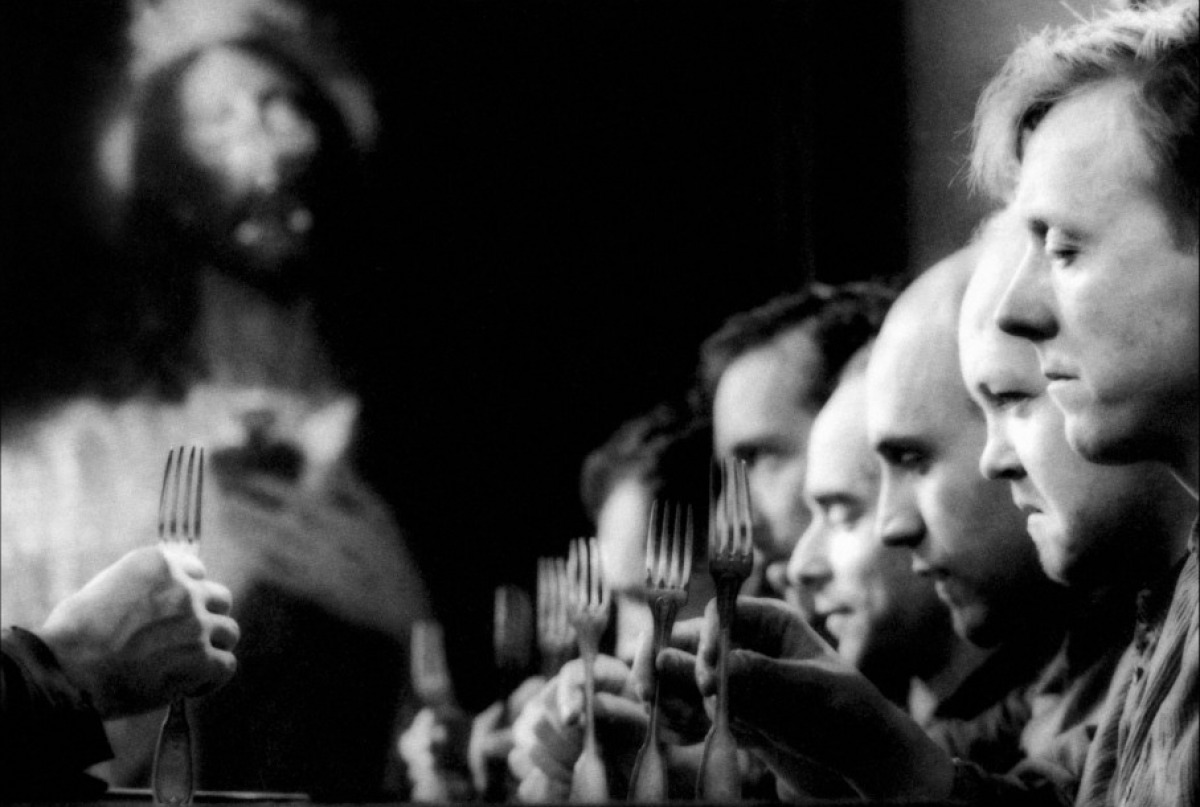
“Perhaps, there is some hidden meaning to all these nothings.”
Sculpted from the particles of pristine emotions, this wonderful piece of high-brow art leads the audience through the labyrinth of ethereal visions and lucid hallucinations – present in the subconscious mind since forever. Dreamy and hypnotic, Institute Benjamenta seems like a lyrical lullaby, one of those that grow from the most exotic flowers.
Its hermetic, puzzling story (of men who are thought preposterous lessons) is packed with many meanings, one of them being the insignificance of human existence. On the other hand, it can be seen as a theatrical tragedy that focuses on a love triangle between the protagonist Jakob and the incesuous cousins, Fräulein Lisa and Herr Benjamenta.
As perplexing as the narrative is the interior of a titular institute, with antlers decor, epigraphs in German language and narrow doors and hatches, one of which leads to a slimy discovery. But, whatever the Quays’ enigma solutions may be, the film brims with a marvelous, gothic-like imagery, complemented with a dissonant, melancholic music that invokes a distinct mood.
8. The Man Who Read Music from the Plates (Jan Jakub Kolski, 1995) – Poland
Weirdness of the pastoral-romantic kind

“Put something warm under my arse!” – shouts the smiling spirit of the villager Marczyk, while levitating above his body leaned against the tree. This basically means that the strangeness of Kolski’s pastoral fantasy doesn’t end with one of the English translations of its title Grający z talerza.
An old man, Marczyk, leads an ascetic life and hangs out with an eccentric violinist Lunda who claims that the whole china plates could not be read, since their music is not meant for humans. Every day, he feeds the well freak who shows his face(s) later in the course of the film.
When the angel of death appears, Marczik asks her for a seven more days of life, in order to complete his chores. The life extension leads to the encounter with Janka who tries to commit suicide because she hasn’t been admited to the school for dwarf nurses (she’s inch shorter than required).
After Marczik’s departure, the story speaks of a romance between Janka and Morka (which is the name of the aforementioned well freak), while the role of Lunda remains enigmatic. However, the oddness of this little gem of magic realism is not its only quality – it comes with a full spectrum of emotions, picturesque sceneries, flawless direction and unaffected acting.
9. The Box (Kanji Nakajima, 2003) – Japan
Weirdness of the yin-yang kind
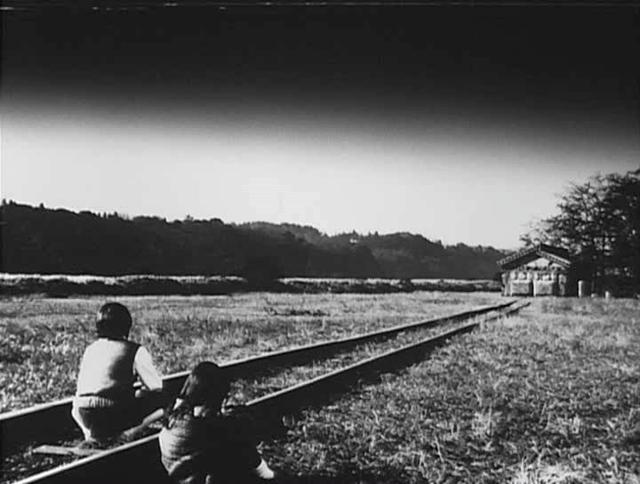
Poetic, lethargic and meditative SF-drama The Box (Hako) is set in some of Japan’s remote spots, in a distant (post-apocalyptic?) future. It is told from the perspective of an elderly artisan who hears the voices of raw materials and endeavors to keep a dying tree alive with a carefully constructed machinery. However, he cannot fathom the mysterious black box whose appearance brings a lot of questions not only for him, but for a handful of other characters as well.
What is its purpose? Is it mechanical or sentient, intelligent and self-conscious? Are mentally challenged the only ones who can discover its secrets? Even when it’s accidentally “gutted” in the second act, there are no transparent answers.
Nakajima hides his true intentions, but in the emphasized contrasts the audience can recognize a tale of peaceful coexistence between nature and technology. The director’s obsession with finding the balance of the opposites is best reflected in the brilliant first scene, when a boy opens the window and reveals a piece of illuminated sky, framed with the pitch-blackness of the room.
10. The Soul Odyssey (Isao Yamada, 2003) – Japan
Weirdness of the Terayama-esque kind
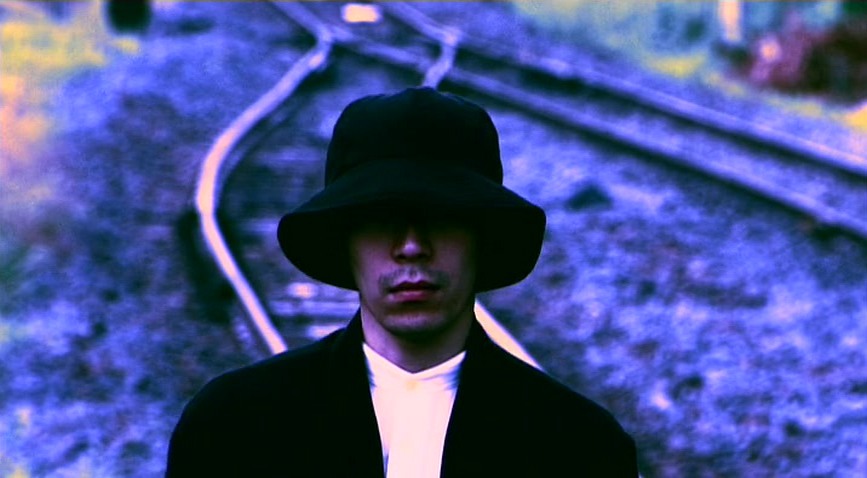
Almost impenetrable, The Soul Odyssey (Jōhatsu tabinikki) is based upon “gekiga” by Yoshiharu Tsuge, best known for Screwed (Neji-shiki) which was adopted for the big screen by Teruo Ishi. It is modeled after the works of Shūji Terayama with whom Yamada collaborated on Grass Labyrinth (Kusa-meikyū) and it follows unnamed mangaka who comes to a small town in order to meet his bride and then to disappear.
As strange as it sounds, this intriguing, non-narrative drama seems like a current of jumbled thoughts or the patchwork of someone’s memories. Both hypnotic and bewildering in its deliberate pace, it is reminiscent of an ostensibly endless dream.
The lonely, depressed protagonist comes into contact with several mysterious figures who might be the embodiments of his personality’s psychological aspects and/or the spirits of the past. The deciphering is nearly impossible, given that the dialogues are often colored absurd.
Odd situations in which the characters find themselves are depicted masterfully with a plentiful of attractive shots and a minimalist score which is dominated by the ambient sounds. While the inverted clock faces and detached shadows are a clear homage to Terayama, the monochromatic interior of café Caligari hints at Yamada’s affinity towards German expressionism.
11. Blood Tea and Red String (Christine Cegavske, 2006) – USA
Weirdness of the stop-motion kind
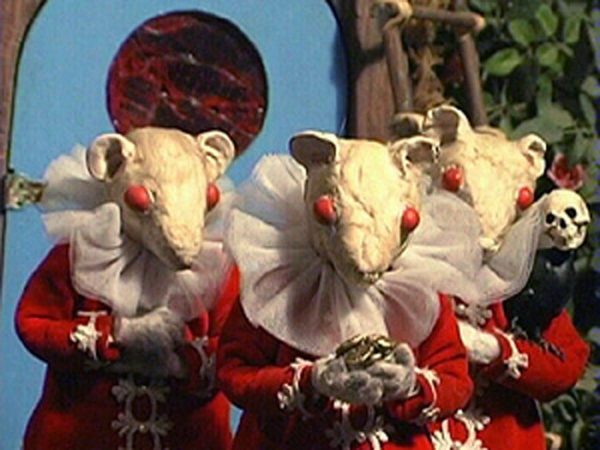
“Blood and water
round and round
beneath my skin
and underground.”
White, aristocratic mice. The Creatures from the Oak. A sage frog. The raven with a human skull instead of a head. Blue birds in a red web of a black widow. And a harpy born from a dead doll… In two words – supreme phantasmagoria. You would have to get a one-way ticket to the Subconscious World in order to unscramble this adult fairy tale, both adorable and morbid.
Cegavske’s uncompromising dedication to the creative process is mirrored in every painstakingly crafted frame of Blood Tea and Red String. Most probably inspired by the cinema of David Lynch, Tim Burton, Jan Švankmajer and the Quay twins, as well as the written word of Edgar Allan Poe and Lewis Carroll, she creates a realm of intoxicating, fantastic bizarreness that rests upon its own logic.
Whether you choose to look for a meaning of hallucinatory antics or simply dive into the wildly imaginative images, you can not deny the film’s idiosyncratic nature. It’s a shame that (according to IMDb data) Cegavske hasn’t directed anything since her delirious tea party.
12. Glass Lips aka Blood of a Poet (Lech Majewski, 2006) – Poland/USA
Weirdness of the faux-Cocteau-esque kind
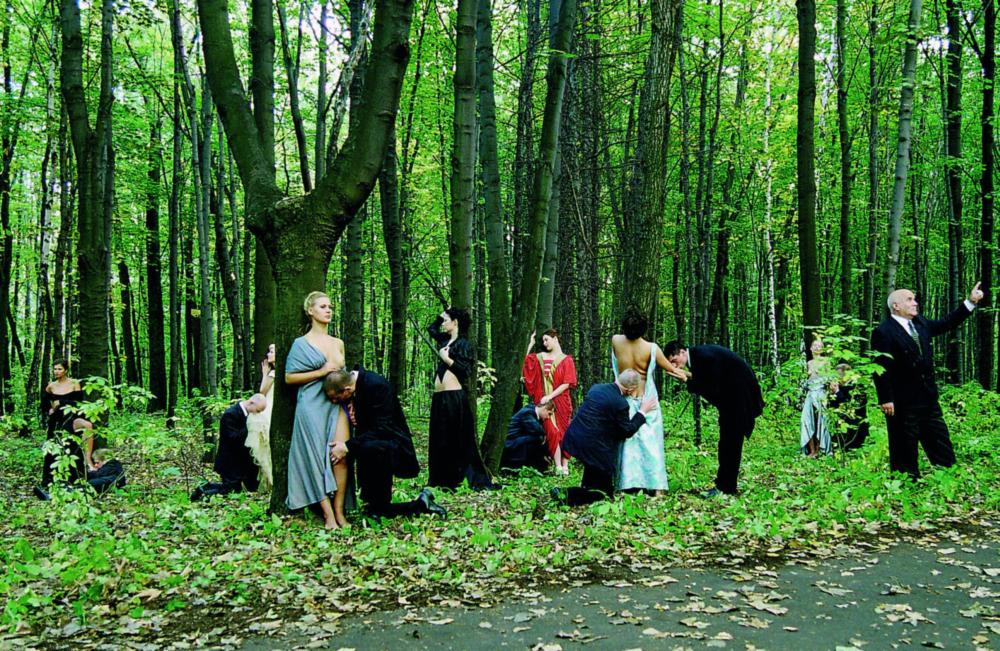
Unapologetically experimental, a wordless drama Glass Lips offers a unique opportunity to see, all in one place, an instance of a foot fetish, eating from a dog bowl, milk shower in front of the mirror, a dance with an inflatable doll, sockets and keyholes’ stigmata and a black ram offering between concrete high risers!
At the very beginning, Majewski demonstrates he is a master painter of the surreal visions, which in this case represent non sequitur episodes from a deranged young poet’s life. While working as a writer, DP, editor, producer and composer, he lets us peak into a protagonist’s dysfunctional family album whose pages reveal a tortured psyche of both mother and son, as well as a man’s depravity – personified in patter familias.
Meticulously framed shots, frequently injected with Freudian subtext, and a barrage of gloomy sounds mutually create a bitterly beautiful sensory experience – a flavorful soul food and a pleasantly sour eye-candy.
13. Alice in the Underworld: The Dark Märchen Show!! (Mari Terashima, 2009) – Japan
Weirdness of the lolita fashion kind

“Go up to the hell and fall down to the heaven and be loved eternally. Ugly humans!”
In the underworld that feeds on human dreams time stops at 3 p.m. Princess Rose and her beloved Guiggles decide to take a gander at the future, only to be disgusted by the destruction they see. She pulls her eyes out, firmly resolved to spend the rest of her life in darkness. Once her kingdom is visited by a girl who followed the white rabbit, a dark fairy tale starts to turn into a tragic circus…
Alice in the Underworld is undeniably one of the most original and most bizarre “adaptations” of Carroll’s famous novel. Terashima combines the Rococo, Victorian and Gothic Lolita aesthetics, as well as the silent film with cutout and stop-motion animation, while delivering a grotesque, flamboyant and “autistic” phantasmagoria.
For the role of Alice, she boldly recruits a dwarf magician and actor Mame Yamada (Strange Circus, Imprint), thus evoking a discomforting feeling in the viewer and simultaneously producing a somewhat comical effect.
With the rest of the characters played by the members of the goth-punk-dolly-kei troupe Rose de Reficul et Guiggles, Terashima adds a certain dose of avant-garde kitsch and achieves the atmosphere of a sweetened nightmare.